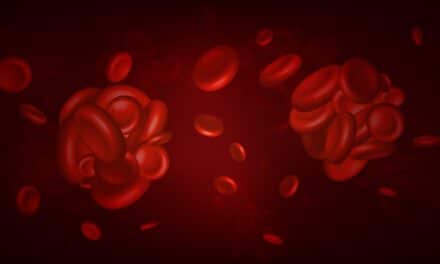
During the study, researchers reportedly sought to accurately differentiate between patients with lower back pain and healthy individuals based upon structural changes to the brain. Researchers add that the study also aimed to investigate potential pathological differences across the brain. The researchers report that they conducted MRI scans of 47 study participants with lower back pain and 47 healthy individuals. A recent news release notes that both groups were screened for medication use and mood disorders.
Once researchers were able to “train” a linear support vector machine on one set of participants, they were able to then use that computer model to accurately read the brain scans and classify pain in a new set of individuals. Lower back pain ranks as one of the most common conditions the researchers have come up against, explains Sean Mackey, MD, PhD, chief of the division of pain medicine, professor of anesthesiology, pain, and perioperative medicine, and of neurosciences and neurology.
“What we learned is that the problem may not be in the back, but in the amplification coming from the back to the brain and nervous system. In this study, we did identify brain regions we think are playing a role in this phenomena,” Mackey says.
Hoameng Ung, first study author, MD/PhD student at the University of Pennsylvania School of Medicine, adds that while prior research has shown functional changes in the brain, “We show that structural changes may be used to differentiate between those with chronic lower back pain and those without.”
Ung also notes that the study indicates a potential role of the central nervous system in chronic pain and that some types of chronic pain may reflect pathology within the brain.
[Source: Stanford University Medical Center]





